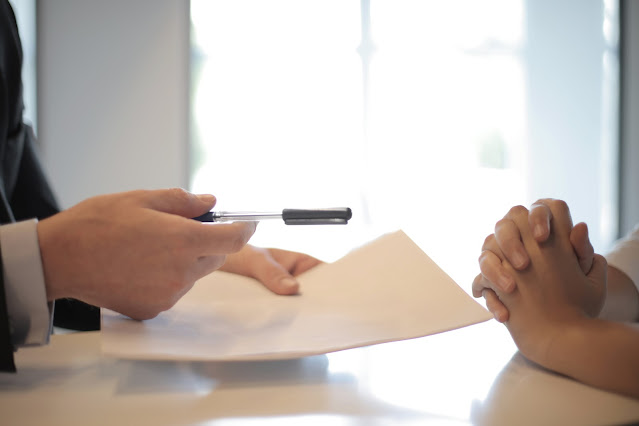An emergency fund is an essential component of any financial plan. It's a fund set aside for unexpected expenses, such as medical bills, car repairs, or job loss. Having an emergency fund can provide you with financial security and peace of mind, knowing that you have a cushion to fall back on during tough times. Here's how to build an emergency fund:
Determine how much you need: The first step in building an emergency fund is to determine how much you need. A good rule of thumb is to save three to six months of living expenses. However, your personal circumstances may require more or less. Consider your monthly expenses, income, and job security when determining how much you need.
Start small: Building an emergency fund can be a daunting task, especially if you're starting from scratch. However, you don't need to save the full amount all at once. Start small by setting aside a percentage of your income each month. Even $50 or $100 a month can add up over time.
Make it automatic: To make saving for an emergency fund easier, make it automatic. Set up an automatic transfer from your checking account to a separate savings account each month. This way, you won't have to think about it or remember to transfer the money yourself.
Cut expenses: If you're having trouble finding the money to save for an emergency fund, consider cutting expenses. Look for ways to reduce your monthly bills, such as canceling subscriptions, cutting back on eating out, or negotiating lower rates for services.
Prioritize your fund: When building an emergency fund, it's essential to prioritize it over other financial goals, such as paying off debt or saving for retirement. While these goals are important, having an emergency fund can provide you with financial security and help prevent you from going into debt in the event of an unexpected expense.
Keep your funds accessible: It's important to keep your emergency fund in an account that is easily accessible, such as a savings account. Avoid investing the money in the stock market or other risky assets, as you may need to access the funds quickly in the event of an emergency.
Review and adjust regularly: Your emergency fund needs may change over time, so it's essential to review and adjust your fund regularly. Consider increasing your fund if your circumstances change, such as if you have a child or purchase a home. On the other hand, if you have a significant life event, such as paying off a large debt, you may be able to reduce the amount you save each month.
In conclusion, building an emergency fund is a crucial part of any financial plan. By determining how much you need, starting small, making it automatic, cutting expenses, prioritizing your fund, keeping it accessible, and reviewing and adjusting regularly, you can build an emergency fund that provides you with financial security and peace of mind. Remember, building an emergency fund takes time, so be patient and consistent in your savings efforts.

